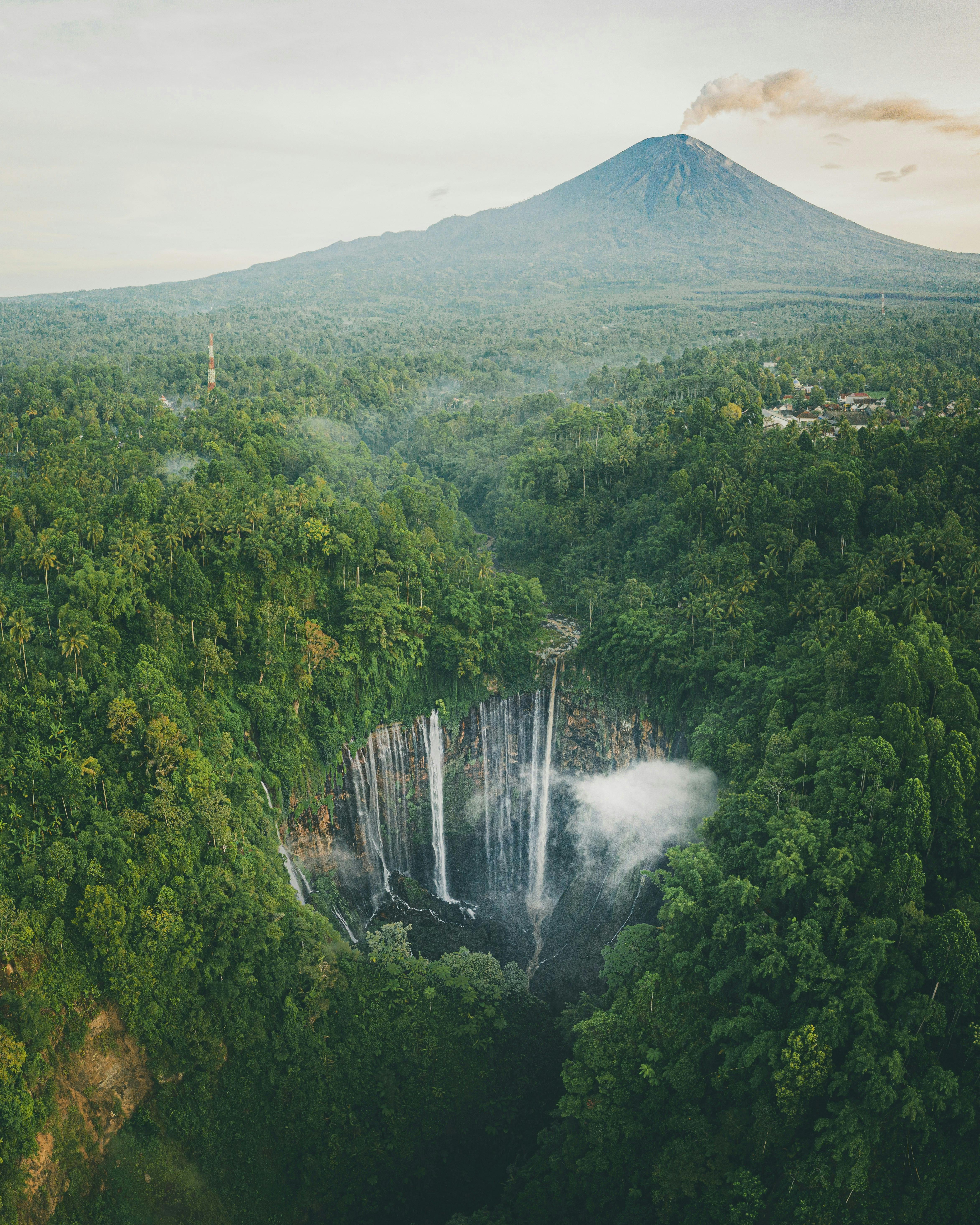
Protected Areas & KBAs
The Challenge:
Protected areas are some of the last regions on Earth where ecosystems can thrive beyond the reach of industrial-scale development. In the three largest pantropical forest basins, 300,000 km2 or 14% of the area of Protected Areas overlap with oil and gas blocks. These aren’t the only threats to protected areas and in a world facing an increasingly urgent biodiversity crisis and accelerating climate breakdown, protected areas are not optional, they are essential.
Our Work:
In the context of the Kunming Montreal Global Biodiversity Framework, countries are committing to protecting 30% of the lands and inland waterways and 30% of coastal and offshore ecosystems. Given the unique value of Key Biodiversity Areas (KBA’s), there is a closing window of opportunity to ensure that these areas are safeguarded through designation as protected areas. However, our research has found that in the Amazon and Congo basin regions and Southeast Asia, over 500 Key Biodiversity Areas - or 18% by area and 180 million hectares of high-integrity forests overlapping with fossil fuel and mining concessions.
Related Content
-
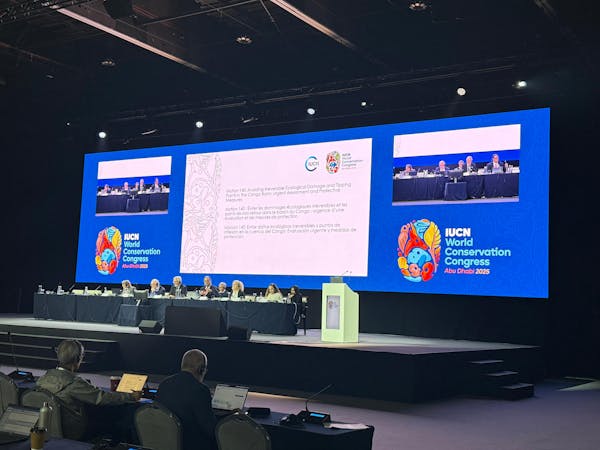 Press Release
Press ReleaseIUCN Congress Votes to Safeguard Congo Basin from Critical Tipping Point
-
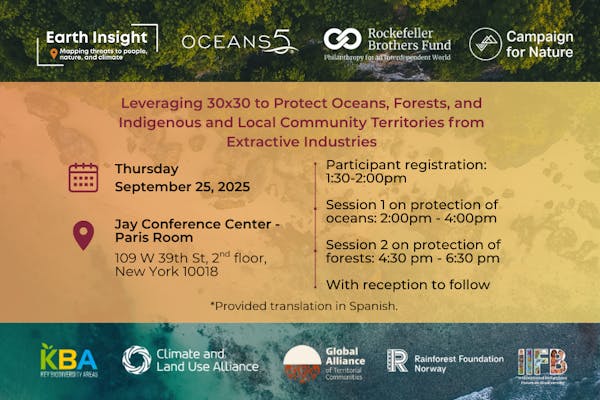 Event
EventNY Climate Week Event 2025
-
%20(1)%20(1).jpg?auto=compress%2Cformat&w=600) Report
ReportClosing Window of Opportunity: Mapping Threats to Important Areas for Conservation in the Pantropics
-
.jpg?auto=compress%2Cformat&w=600) Report
ReportLosing Ground: Fossil Fuel Extraction Threats to Protected Areas Around the World
-
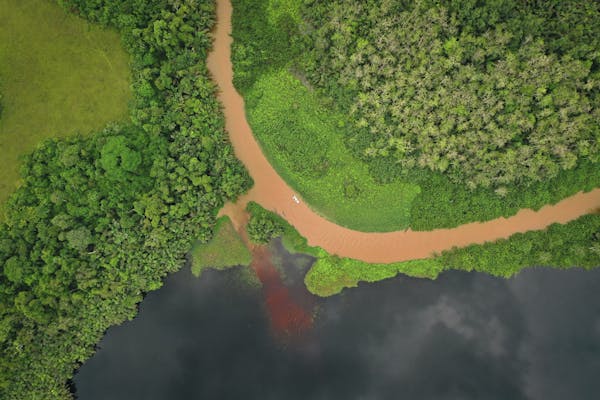 Insight
InsightEscalating Oil Exploration Threats to Conkouati-Douli National Park in Republic of Congo
-
 Insight
InsightThreat Assessment: Oil and Gas Expansion Endangers Isolated Indigenous Peoples in Peru
-
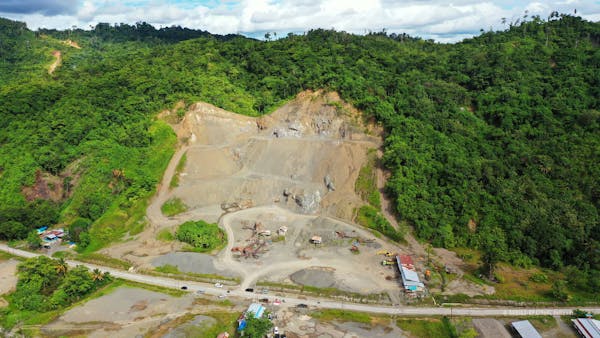 Insight
InsightDebt and Biodiversity Risk Infographic Series
-
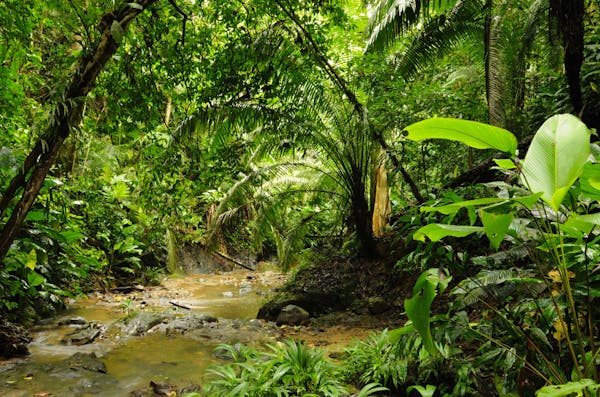 Press Release
Press ReleaseCOP29: Protect Key Biodiversity Areas from irreversible damage, urge Indigenous and civil society leaders on Nature Day
-
 Story
StoryI’ve seen the dark, fat grease stuck to the leaves’: oil and gas encroach on Peru’s uncontacted peoples
-
 Story
StoryCOP28 Looks to Nature for Help Against Climate Change
Future Directions
Earth Insight will continue building on our foundational work mapping threats to protected areas and key biodiversity areas globally as well as regionally and will work to catalyze and support new and expanded movement efforts to remove industrial concessions from these vital lands and waters on the road to 2030 and beyond
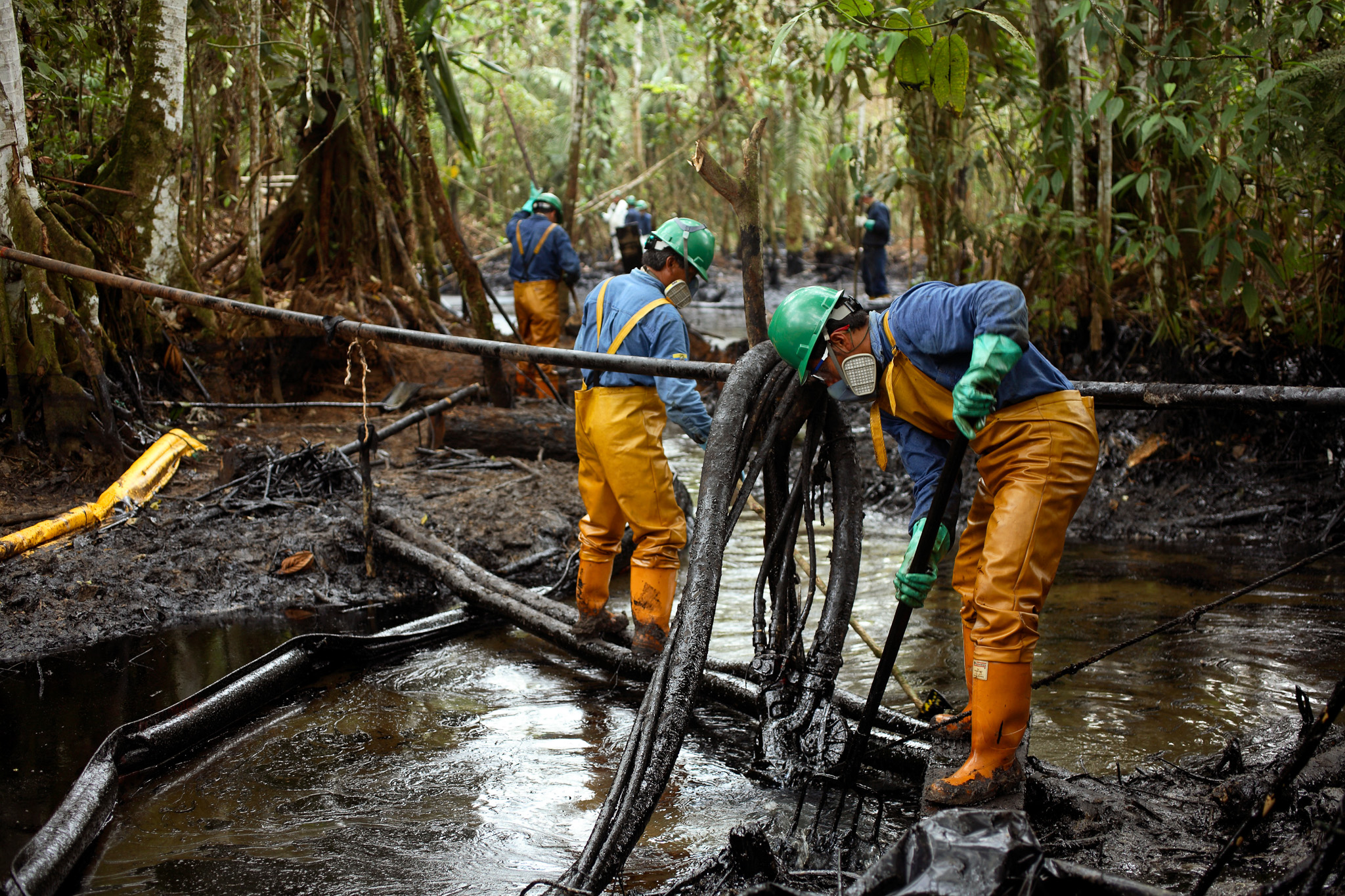
Cleaning up an oil spill in the Amazon rainforest. Image credit: Victor St. John via Alamy Stock Photo

